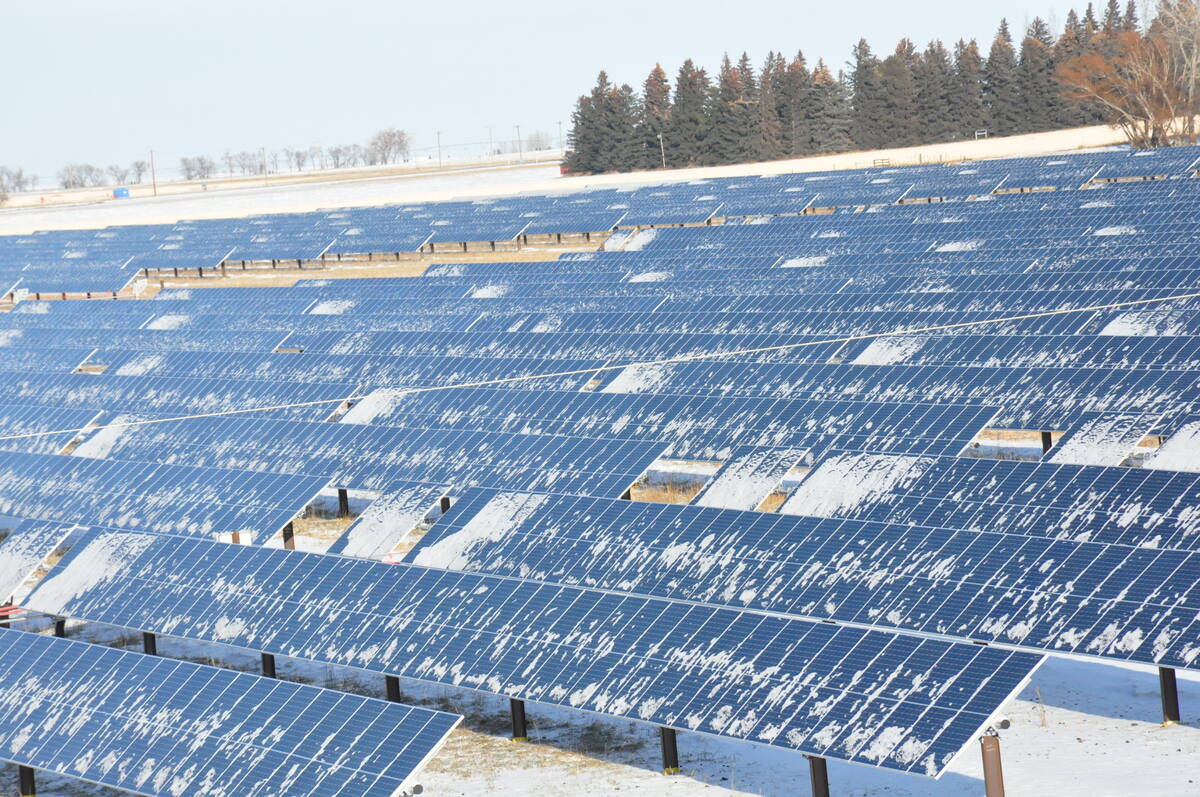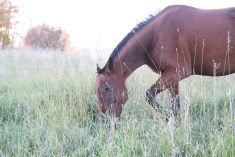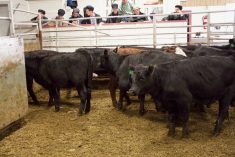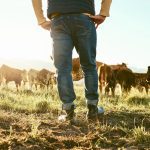Bragi Simundsson says raising beef on grass is just common sense; it’s the marketing that gets complicated.
“Ruminant animals like cattle and sheep were built to eat grass,” reads the Arborg farmer’s web page at www.manitoba grassfedbeef.ca.
“We think that animals should do the job they were built for. We believe that the protein portion of your food can come from a natural system that turns a perennial forage resource that humans can’t eat, into something we can.”
But marketing grass-fed beef is a whole different ball of wax, Simundsson told the 100-odd attendees at the recent Ecological and Organic Farming Conference at the University of Manitoba’s Ian N. Morrison Research Farm.
Read Also

Why agriculture is Canada’s energy ace
Why isn’t agriculture getting more play in Canada’s quest for efficient, renewable energy production? It should be
“Grass-fed beef is a niche market,” said Simundsson. “You have to identify your target. What are the product specifications from the customer?”
Simundsson, whose family has been farming the Arborg area since 1901, is a founding member of the Manitoba Grass Fed Beef Association, which exists to help establish a value chain for grass-fed beef and source new avenues for distribution.
Getting it right
There are two main ingredients to finishing cattle for the grass-fed beef market — the right grass, and the right cows, said Simundsson.
“It’s very important to maintain the quality of the forage — keep rotations short and legume content high,” he said. “The kind you want is a high-legume-content variety in the pasture sward for the stocker phase. A balance of protein and energy is very important to prevent the gamey flavor in finishing cattle.”
Two forage types that consistently finish cattle in Manitoba, according to Simundsson, are greenleaf corn and any variety in the ryegrass family, which has high energy and a good balance for finishing.
“The challenge is to keep the quality high,” he said. “You want to keep the animals gaining constantly. It’s easier to finish heifers than steers. You can finish all cattle on grass, but some take too long and they end up in the feedlot.”
It goes without saying that not all cattle breeds are suitable for producing grass-fed beef, but Simundsson had a few suggestions.
“Cow genetics have a huge impact on the ability to finish,” he said. “We shoot for a medium-frame score. Easy fleshing cattle, such as British breeds like Angus, Hereford, Shorthorn and Devon, are best.”
He also had a surprising tip for assessing the tenderness of the meat before the cow is slaughtered.
“You want a small cannonbone on the cow — that indicates tenderness,” he said, pointing just below the knee on an enlarged photograph of a heifer. “The bigger the knee joint, the tougher the meat.”
Members of the grass-fed beef association follow strict production protocols, and any cows treated with antibiotics for health reasons are not permitted in meat products under its brand.
Simundsson said interest in western Canadian grass-fed beef is increasing in the U.S., which is a good sign for the market.
The association is also working to increase awareness of the health benefits of their products, which Simundsson says is significant.
“Meat from animals that directly graze forage contains three or four times more conjugated linoleic acid and up to six times more omega-3 fatty acid than animals that eat a stored forage or grain diet,” he states on his own website, Prairie Grass Fed Meats: www.prairiegrassfed.com.














